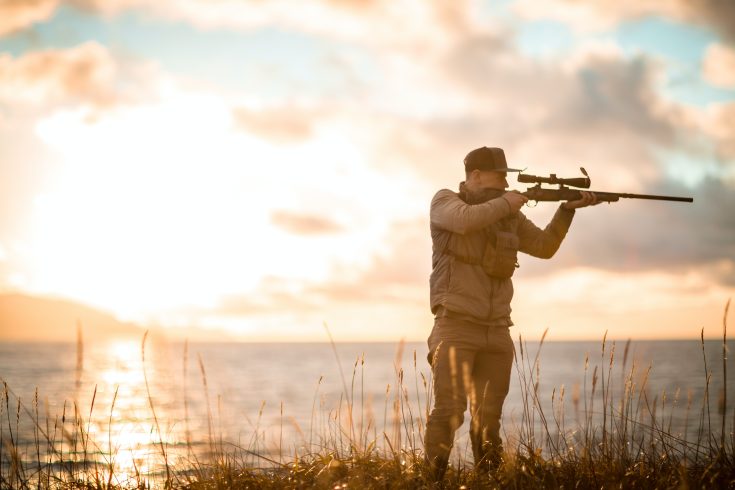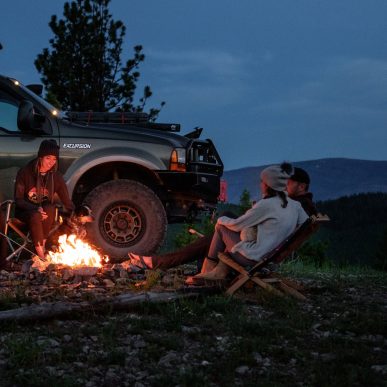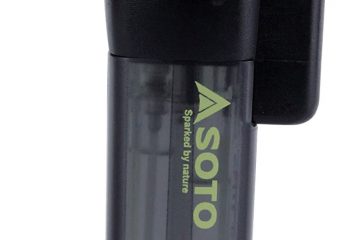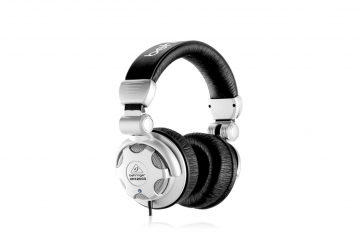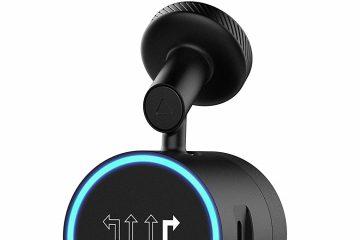If you count yourself among the newly interested, read on for some essential tips and gear you should be aware of before you hit those hunting grounds.
Contents
Know your Hunt
One thing to note before we begin: there are quite a few different types of hunts out there, and each will require its own sort of gear. Heading for the hills to stalk elk? You’ll need a different type of footwear than you would sitting in a watery duck blind, or even on a frigid deer stand. Clothing will also need to be heavier or lighter, more breathable or more waterproof, depending on your scenario. While we’ll do our best to cover all the bases below, there’s no substitute for a little direct research. Use this as a primer, not the last word on the subject.
Stay Warm; Stay Dry
While hunt scenarios can differ, the end goal is the same. Stay warm and stay dry. If it’s cold, that means layers of warm clothes, so you can bundle up when stationary and shed down when warm to avoid sweat. If it’s warm, that means breathable clothes that will wick sweat away from your body. In both cases, carrying along a waterproof rain layer is a wise move in the event the skies open. Browse through the apparel section over at badlandsgear.com for a good selection of quality gear choices. Their hot, warm and cold tabs give a good breakdown of each category.
Follow your Feet
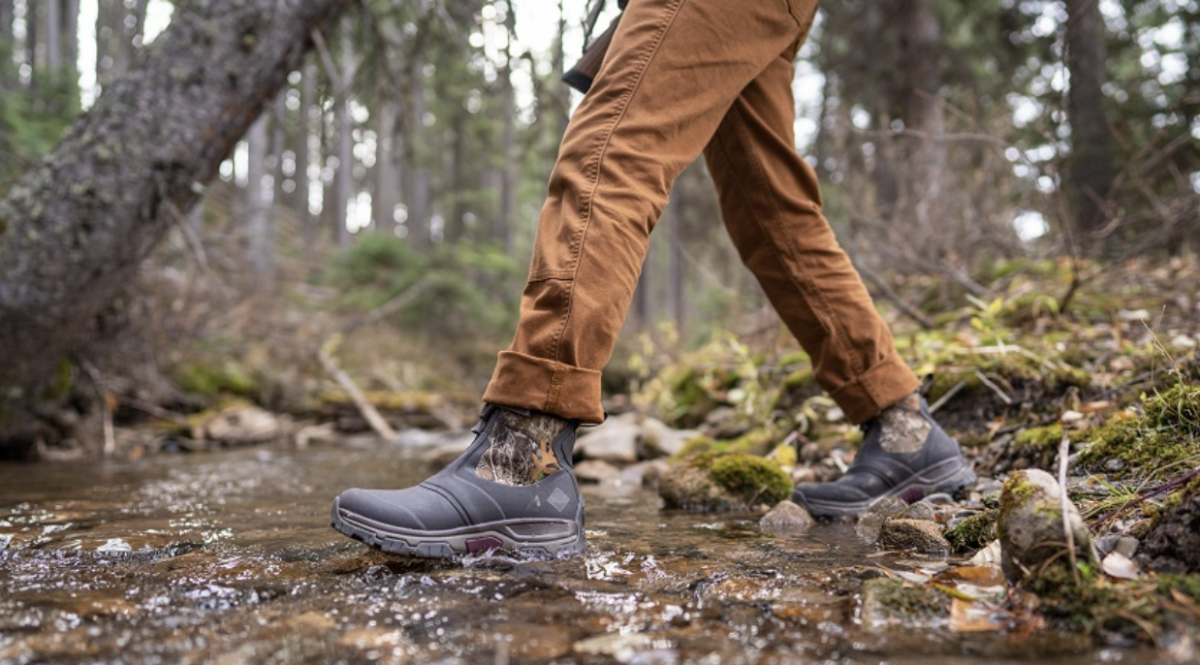
This is related to the above, but footwear is especially crucial. Take it from a guy who hunted in steel-shank logger boots for years before he figured out why the soles of his feet always froze. Plan on a long sit in frigid temperatures? You’ll need something like the Men’s Apex Pro Insulated. While still comfortable walkers, their emphasis is on keeping your toes toasty. Burning boot leather on a stalk and spot instead? Uninsulated hikers, like the Lacrosse Lodestars will likely serve you better. Once again, know your hunt, know your gear.
Scout your Sector
Nothing gives you a better edge in the field than knowing the terrain you’ll be hunting before you get there. Whether you’re hunting the big woods, the wide-open prairie or the rocky mountaintops, knowing your hot spots, your breeding areas and your migration corridors will pay dividends. Obviously, the best way to go about this is to get out and do it in person, but if you don’t have the time, or are hunting out of state, using an app like onX to get a bird’s eye view of promising terrain is the next best thing.
Painless Packing
Your pack is your lifeline to comfort, shelter, nutrition, hydration, and everything else in between. Need a rain shell? It’s in your pack. A drink? In the side pocket of the pack. A tent for the night? You guessed it, in the pack. As such, your pack should be one of your most well-thought-out considerations. A well-built and balanced pack can be the difference between a sore back and a restful night; between having everything you need and just barely scraping by. If you’re hunting mostly from a stand, or other such stationary position with transportation close by, a frameless or internal-frame daypack will likely suit your needs fine. The Mystery Ranch Treehouse 20, for instance, would be perfect, with the Treehouse 38 adding even more versatility.
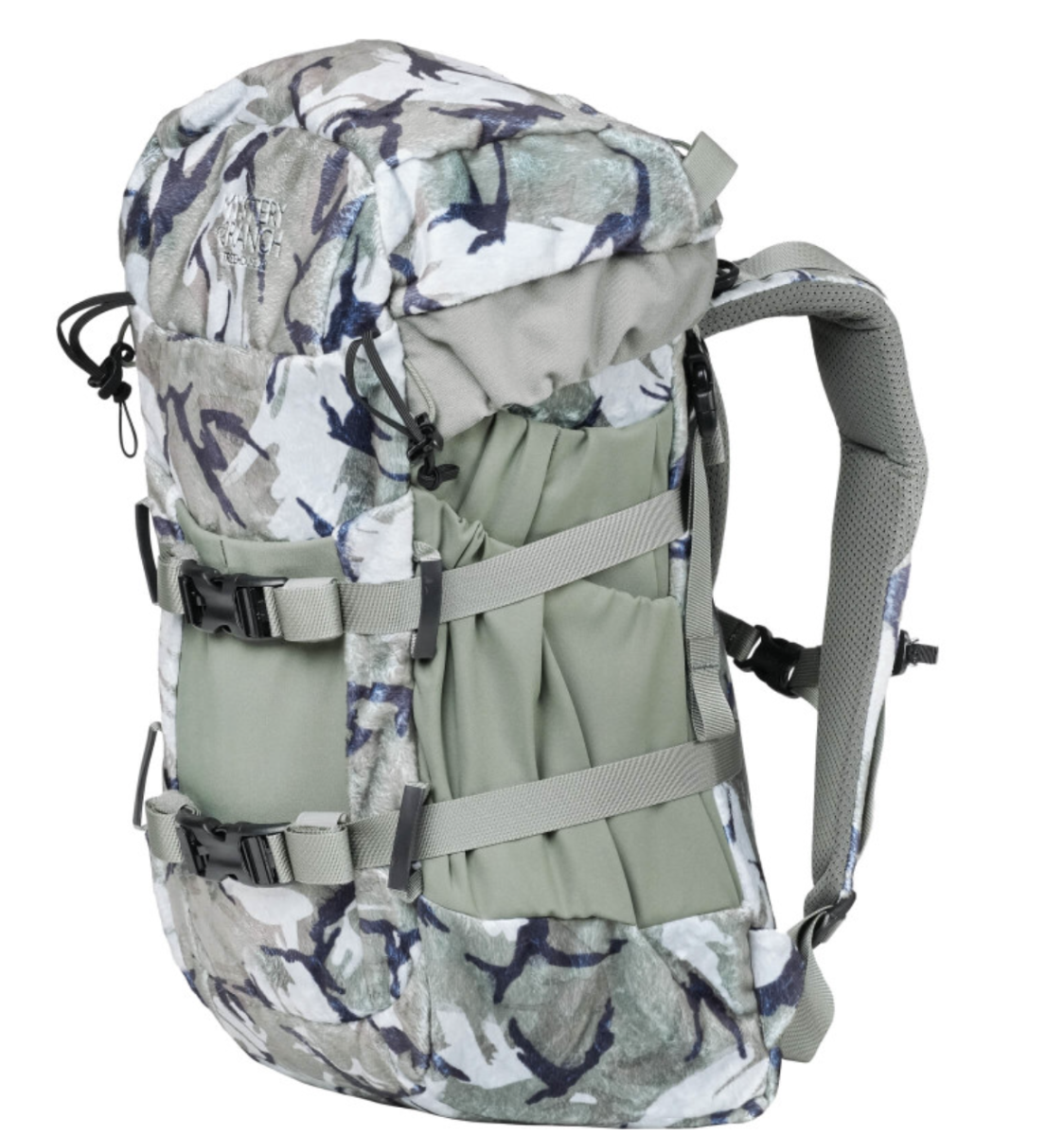
If, on the other hand, you are packing your meat all the way out on foot (and generally this means camping at least overnight in the backcountry), your pack has yet another job: meat hauler. While entire articles could be written on this choice alone, it means in essence that your pack will need to be an external frame, with a volume of no less than 40 liters (more depending on conditions, length of stay, etc.) The Kuiu Pro and Pro LT Hunting Pack Kits are a great choice, not to mention a great way to start, as they will help you figure suspension and pack sizes as you go.
Glass
Combing the hills with the naked eye is fine in a pinch, but if you really want to up your chances of spotting game, a good set of binoculars is a must. Standard 10X42mms are a great choice for most environments, though for especially dense settings you’ll want to scale up to something in the 12X or 15X magnification range if possible. Check out Zeiss’ Conquest line for some great offerings in a variety of magnifications.
Train, Train, Train
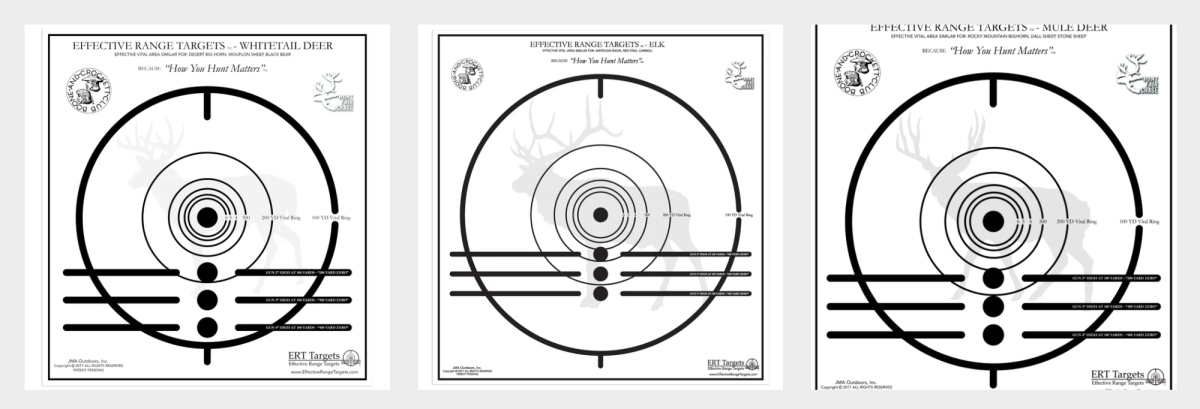
If there’s one thing that can outweigh everything on this list combined when it comes to success, it’s training. Whether you’re an archer, a muzzleloader hunter, or a rifle hunter, you can ruck like a Marine, track like Jim Bridger, and be as cozy in your gear as a pig in straw, but it won’t come to anything if you can’t hit your mark. Whatever your chosen implement, get out there before the season and practice. Not only will this improve your skills, but you’ll get a better idea of your effective range, which will boost confidence when staring down an animal in your crosshairs.
If you need help with the above, check out outdoorsolutions.com. A long-range training company designed specifically around hunters, Outdoor Solutions prides itself in getting hunters not just ready for the field, but confident in their skills long before they arrive there. From marksmanship, to fieldcraft, to processing an animal, Outdoor Solutions will make sure your bases are covered. When investing in and upgrading gear, it’s easy to lose sight of the fact that the most important upgrades you can make are to your own skillset. Happy hunting!
